Happy Teacher Appreciation Week!
Make sure to enjoy this week, so don’t read the comments under any article, post, tweet, or Facebook share that in any way references teachers, teaching, or public education.
There is growing evidence that engagement in social media, including even the comment sections under mainstream media articles, can have a significantly negative impact on mental health. For people like me, whose twenty-year ebb-and-flow battle with clinical depression has made me unnecessarily sensitive to the venom and hate online, settling into some mindless social media perusal after a rough day at work ends up nudging us into the kind of downward spiral that for far too many culminates in bona fide burnout.
It is important during this teacher appreciation week that we also appreciate each other…both online and in person.
Often we take the time to (rightfully) single out those teachers who made a difference in our lives. For me, names from the 80s and 90s like Mary Jo Jones (science and math teacher), Jennifer Stenkamp (English teacher), Dale Crawford (FFA Advisor) and Elizabeth Shelley (English teacher) will always come first to mind. There’s also Wendi Kuntz and Jan Franke, whose support during my student teaching made me the educator I am today. There’s Fran Oishi, my amazing first-year-teacher mentor from my days in Federal Way. Appreciating the teachers of our past is important.
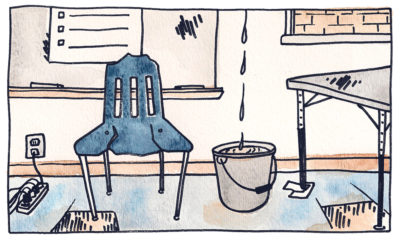
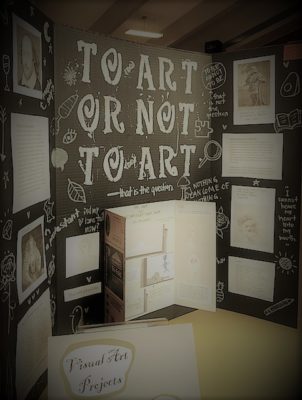
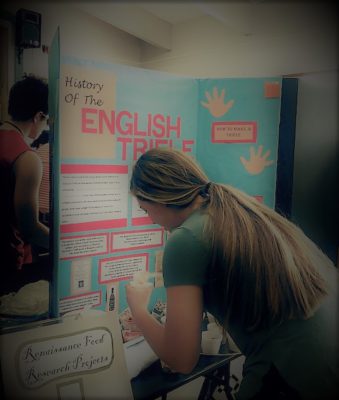

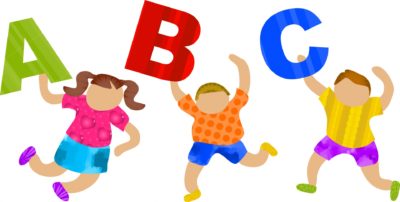 “Two things that are going well and one problem you would like to see changed. You must write a solution to the problem – otherwise you are simply complaining. Complaining in life will get you nowhere. Finding solutions to your problems will get you everywhere. Never forget the farmer! Go!”
“Two things that are going well and one problem you would like to see changed. You must write a solution to the problem – otherwise you are simply complaining. Complaining in life will get you nowhere. Finding solutions to your problems will get you everywhere. Never forget the farmer! Go!”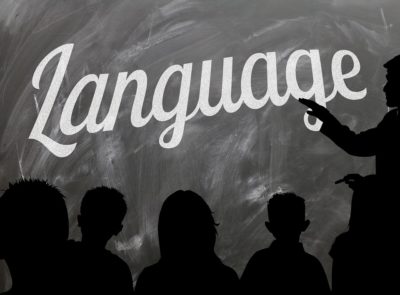 I am passionate about my students and providing them with every opportunity to advance toward a happy and fulfilling future. For most this means graduating from high school and going on to some sort of post-secondary education. One requirement which can be a hurdle for them is world language. Most universities require students to take 2 years of a foreign language. For my students, English is their foreign language, so studying a language on top of English can be daunting. Over the past two years, though, Washington state has introduced the option to show language proficiency through a
I am passionate about my students and providing them with every opportunity to advance toward a happy and fulfilling future. For most this means graduating from high school and going on to some sort of post-secondary education. One requirement which can be a hurdle for them is world language. Most universities require students to take 2 years of a foreign language. For my students, English is their foreign language, so studying a language on top of English can be daunting. Over the past two years, though, Washington state has introduced the option to show language proficiency through a  Based on my research, it would appear that one major hurdle for Native American students to study and receive credit for their indigenous languages is a lack of qualified and fluent educators to teach the courses and/or to score the exams. Robert Wynecoop and Jamie Valadez are in the minority as highly qualified educators who are also fluent in their respective indigenous languages. However, this is no fault of the individual tribes. For centuries Native Americans have faced the systematic dismantling of their cultures. Throughout the 19th and 20th centuries Native American children were sent to boarding schools in an attempt to force them to assimilate to white culture, in an effort to “
Based on my research, it would appear that one major hurdle for Native American students to study and receive credit for their indigenous languages is a lack of qualified and fluent educators to teach the courses and/or to score the exams. Robert Wynecoop and Jamie Valadez are in the minority as highly qualified educators who are also fluent in their respective indigenous languages. However, this is no fault of the individual tribes. For centuries Native Americans have faced the systematic dismantling of their cultures. Throughout the 19th and 20th centuries Native American children were sent to boarding schools in an attempt to force them to assimilate to white culture, in an effort to “
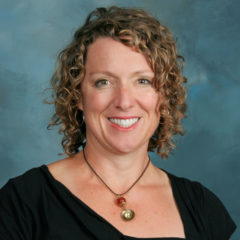




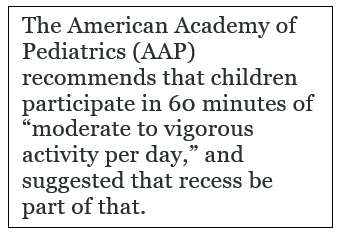 First of all, we need a lot more
First of all, we need a lot more